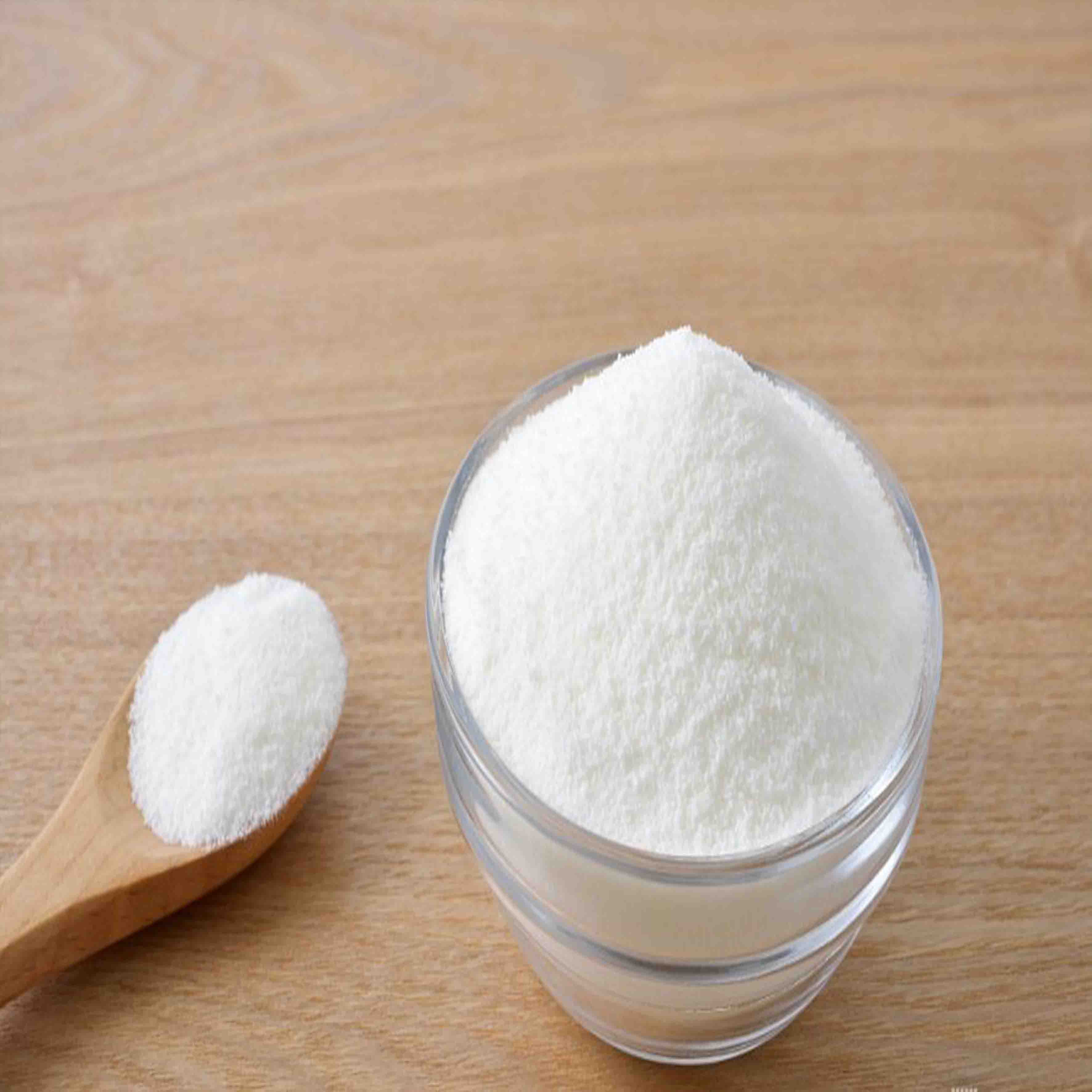
Nov . 16, 2024 01:28 Back to list
titanium dioxide cost factory
The Cost Dynamics of Titanium Dioxide Production in Factories
Titanium dioxide (TiO2) is a vital compound used across various industries, notably in the production of pigments, coatings, plastics, and even in food and pharmaceuticals. As one of the most widely used white pigments, its demand has surged alongside the growth of construction, automotive, and consumer goods sectors. However, the cost of titanium dioxide production in factories is influenced by numerous factors that merit detailed exploration.
Production Processes and Cost Drivers
The production of titanium dioxide typically occurs through two primary methods the sulfate process and the chloride process. Each method has its own cost structure, impacting the overall price of titanium dioxide. The sulfate process, developed in the early 20th century, involves the reaction of titanium ore with sulfuric acid, leading to a comprehensive but energy-intensive procedure. This method requires substantial quantities of sulfuric acid and generates significant waste, adding to the production costs.
Conversely, the chloride process, which has gained popularity in recent decades, utilizes titanium ore’s reaction with chlorine at high temperatures. While this method is generally more efficient and yields purer titanium dioxide, the initial investment in equipment and technological expertise is considerable. Each process contributes differently to the final cost of titanium dioxide, thereby influencing market pricing.
Raw Materials and Energy Prices
The cost of titanium dioxide production is inherently tied to the price of raw materials required for its manufacture. The primary raw material, ilmenite, is a common titanium ore, while rutile, another source of titanium, is often more expensive but yields higher purity. The fluctuating prices of ilmenite and rutile directly influence production costs for factories.
Additionally, energy costs—comprising electricity and fuel—represent a significant portion of the manufacturing expenses. Given the energy-intensive nature of titanium dioxide production, any spikes in energy prices can severely impact profit margins. Thus, factories must continuously navigate energy market fluctuations and seek ways to enhance energy efficiency in their operations.
titanium dioxide cost factory

Labor Costs and Technological Advances
Labor costs are another critical component affecting the overall cost of titanium dioxide production. The ability to attract and retain skilled workers impacts operational efficiency and production volumes. Moreover, as factories increasingly adopt automation and advanced manufacturing technologies, initial investments in high-tech equipment may necessitate higher upfront costs, but they can lead to long-term savings by reducing reliance on manual labor and minimizing errors.
Moreover, technological advances continue to play a pivotal role in shaping production costs. Innovations in catalysts, process optimization, and waste recycling contribute to more cost-effective and environmentally friendly production methods. Factories that invest in R&D to adopt these technologies can benefit from reduced operational costs, positioning themselves favorably in an increasingly competitive market.
Environmental Regulations and Compliance
Environmental considerations have become paramount in industrial production, and the titanium dioxide sector is no exception. Factories must comply with stringent environmental regulations, leading to additional costs associated with emissions control, waste management, and overall sustainable practices. While these regulatory measures can impose financial burdens on manufacturers, they also drive the industry towards greener production methods that may yield long-term benefits.
Market Trends and Global Competition
The global market for titanium dioxide is also shaped by geopolitical factors, supply chain dynamics, and the competitive landscape. Emerging markets and shifts in consumer preferences may influence demand, thereby impacting pricing strategies. Furthermore, as more factories enter the market, competition intensifies, often leading to price wars that can affect individual manufacturers' bottom lines.
In conclusion, the cost of titanium dioxide production in factories is influenced by a multifaceted interplay of production methodologies, raw material prices, energy costs, labor dynamics, technological advancements, and regulatory requirements. As demand for titanium dioxide continues to rise globally, manufacturers must strategically manage these cost drivers while remaining adaptable to market fluctuations and innovative practices. Such agility will be essential for sustaining profitability and ensuring the longevity of titanium dioxide production in an ever-evolving industrial landscape.
-
China Lithopone in China Supplier – High Quality Lithopone ZnS 30% Powder for Wholesale
NewsJun.10,2025
-
Top China Titanium Dioxide Company – Premium TiO2 Powder Supplier & Manufacturer
NewsJun.10,2025
-
Fast Shipping 99% Pure TiO2 Powder CAS 13463-67-7 Bulk Wholesale
NewsJun.10,2025
-
Top China Titanium Dioxide Manufacturers High-Purity R996 & Anatase
NewsJun.10,2025
-
Lithopone MSDS Factories - Production & Quotes
NewsJun.10,2025
-
High-Quality Titanium Dioxide in Water Suppliers - China Expertise 60
NewsJun.09,2025
